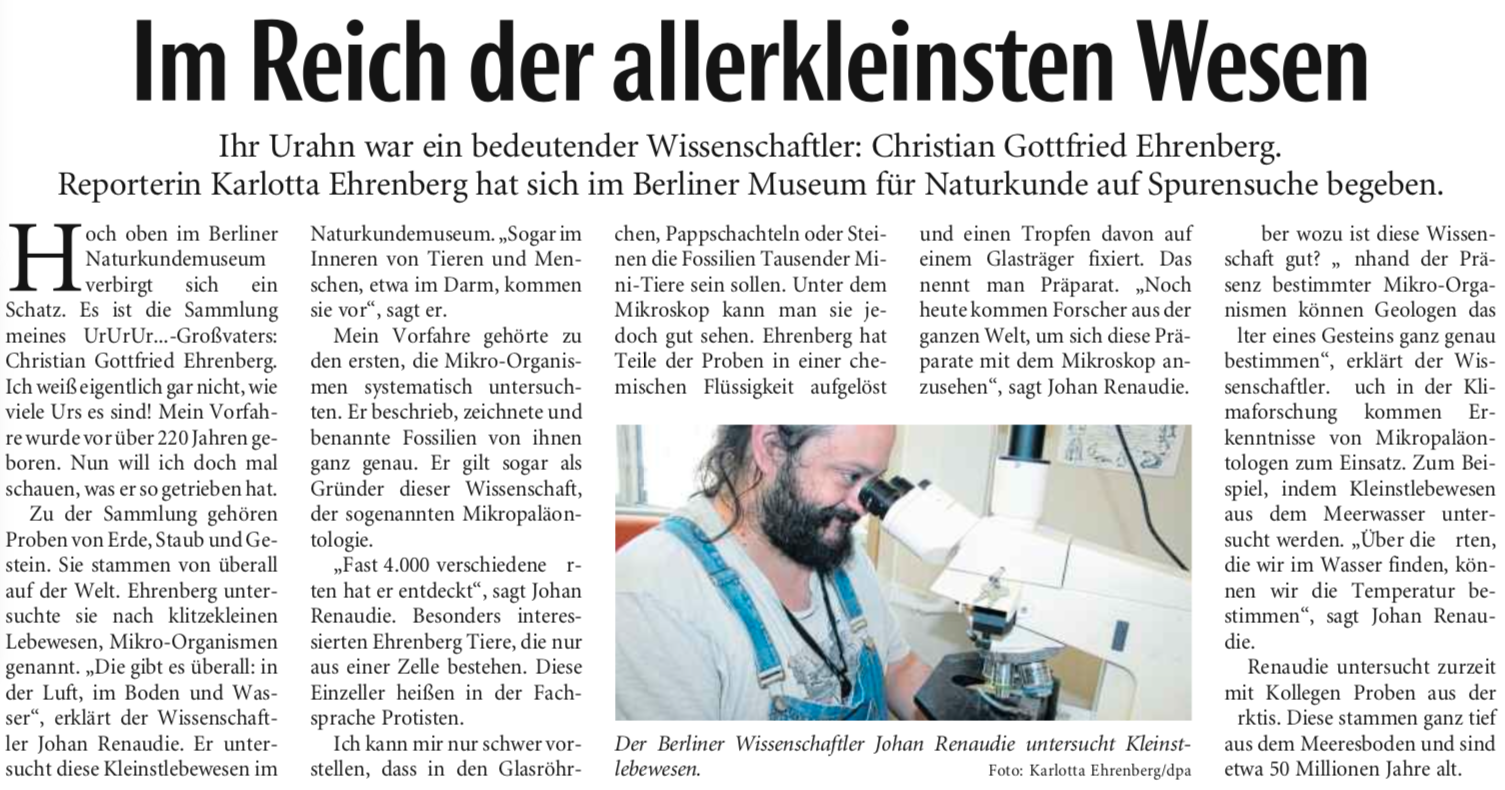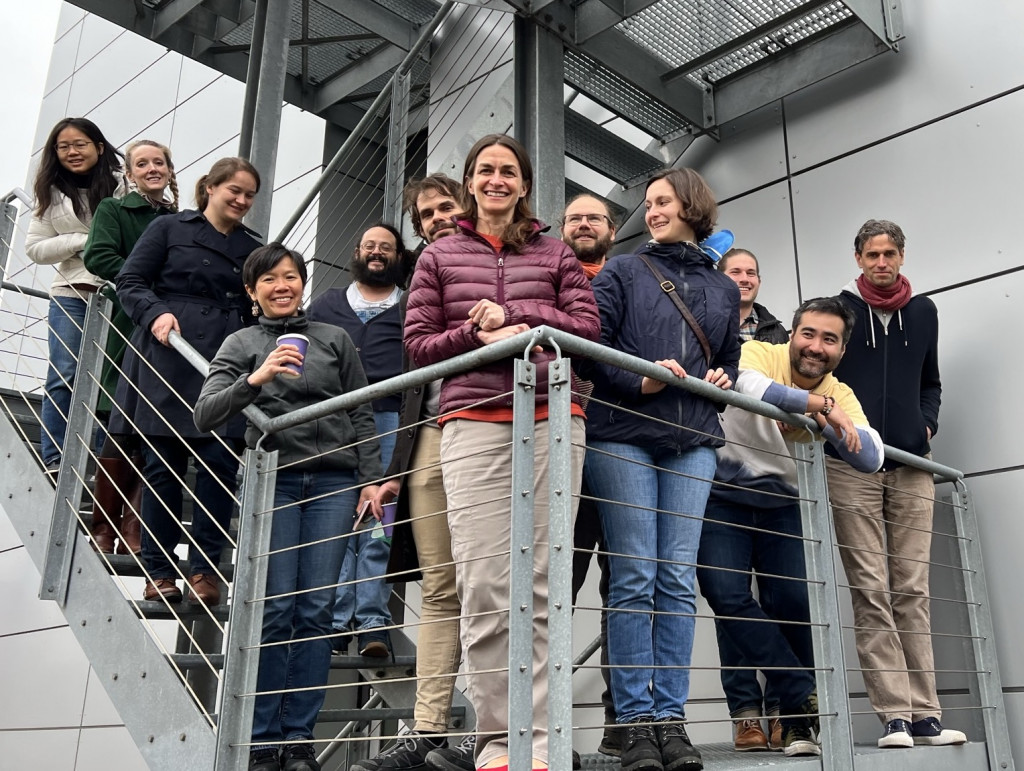Just as I did last year, I thought I would try to summarize my work year. This year was the last year of our MOPGA-funded project and I currently find myself once again "in-between contracts" for a undeterminate amount of time.
Naturally a big chunk of the year was spent on working on our main project. Long story short, we did confirm our main hypothesis (more on that later), and while the students are busy writing their theses/their papers, I worked primarily myself on two papers (including one that we will submit in the next couple weeks probably): both are "big data analysis" on a broader framework as our project but very much relevant to the questions we asked. The first one is a compilation of sedimentation rates over the Cenozoic and an attempt at correcting the various biases that affect it; the second is a study on plankton species climatic range through time (a study I presented in Ljubljana a few months back for instance). Still in the context of the P4 project, i spend some months working with cGENIE climate models, which certainly was a huge learning curve but very interesting indeed (though I am still months away from having results from that side, i am hopeful).
This year was a big year for Neptune as well! Indeed, I added in early 2022 a new search page for the Triton database, and a new API to query NSB's age models or even compute ages for given samples. I also participated, as Neptune's main developer/maintainer, to the 'Coding the Column: Using Databases to Synthesize Stratigraphy & Geologic Age' symposium (online) and to the BioDEEPtime workshop (where we combined Neptune, Triton and a bunch of other paleontological and ecological databases to create a time-series database specifically aimed at understanding the temporal scaling of biodiversity changes). In fact, I am just coming back from the 2nd workshop of BioDEEPtime which was in Erlangen again, last week.
Top (First BioDEEPtime meeting in March 2022), from the left to right:
Huang Huai Hsuan, Erin Saupe, Amelia Penny, Lee Hsiang Liow, me, Adam Kocsis, Pincelli Hull, Manuel Steinbauer, Marina Costa Rillo, Jansen Smith, Mauro Sugawara, Adam Tomasovych.
Bottom (Second BioDEEPtime meeting last week), from the left:
Adam Kocsis, Maoli Vizcaino, David Fastovich, Katherine Pippinger, Jansen Smith, Franka Gaiser, Seth Finnegan, Maria Azeredo de Dornelas, Wolfgang Kiessling, me, Adam Tomasovych, Amelia Penny. Front: Elizabeth Dowding, Marina Costa Rillo.
(Photo: Barbara Seuss)
Dave having retired in 2021, I took upon the charge of hosting the MfN Micropaleontological collection visitors this year. The Ehrenberg Collection was fairly popular, but we also had guests coming to learn radiolarian taxonomy using our modern deep-sea drilling sample collection. I also had the joy of hosting a descendant from Ehrenberg, who came to write a small article, aimed at children, on the research we are doing in micropaleontology at the Museum. I have been informed by the publicity officers of the MfN that the article was picked up by ca. 90 german newspapers! 2022 was also the year I started working on the Lamont collection material, when time permitted [a pilote study based on which I intend to submit some proposals this year]. We also acquired a new collection, of radiolarian material from Stanley Kling. As we only received it a few days ago, I did not yet have the chance to take a peek at it but we are all very excited :)

As mentioned in a previous post, I got the opportunity to join for their post-cruise sampling party the scientists of IODP Expedition 396 which drilled, in particular, the Paleocene and Eocene sediments offshore Norway. It was my first sampling party as I wasn't able to join that of my own expedition (IODP Expedition 379) three years ago. It was a fun yet exhausting experience :) I managed to find some time later to have a first look at some of those samples and I wasn't disappointed: although the radiolarians are few they are spectacular and so weird I will spend years figuring out what happened there I guess :D [which is the best kind of samples].
My reviewing streak continued and somewhat stabilized as I also this year performed 13 manuscript reviews. Overall, the year felt better than the previous ones, definitely less isolating for one thing, but also it struck a good balance of microscope work (which the last three years were lacking in particular), programming, writing and collaborating with new people.


